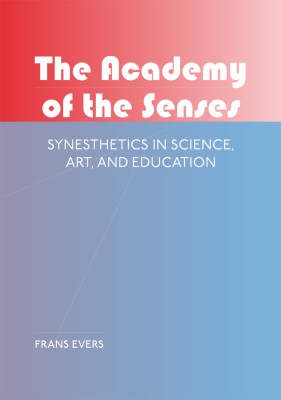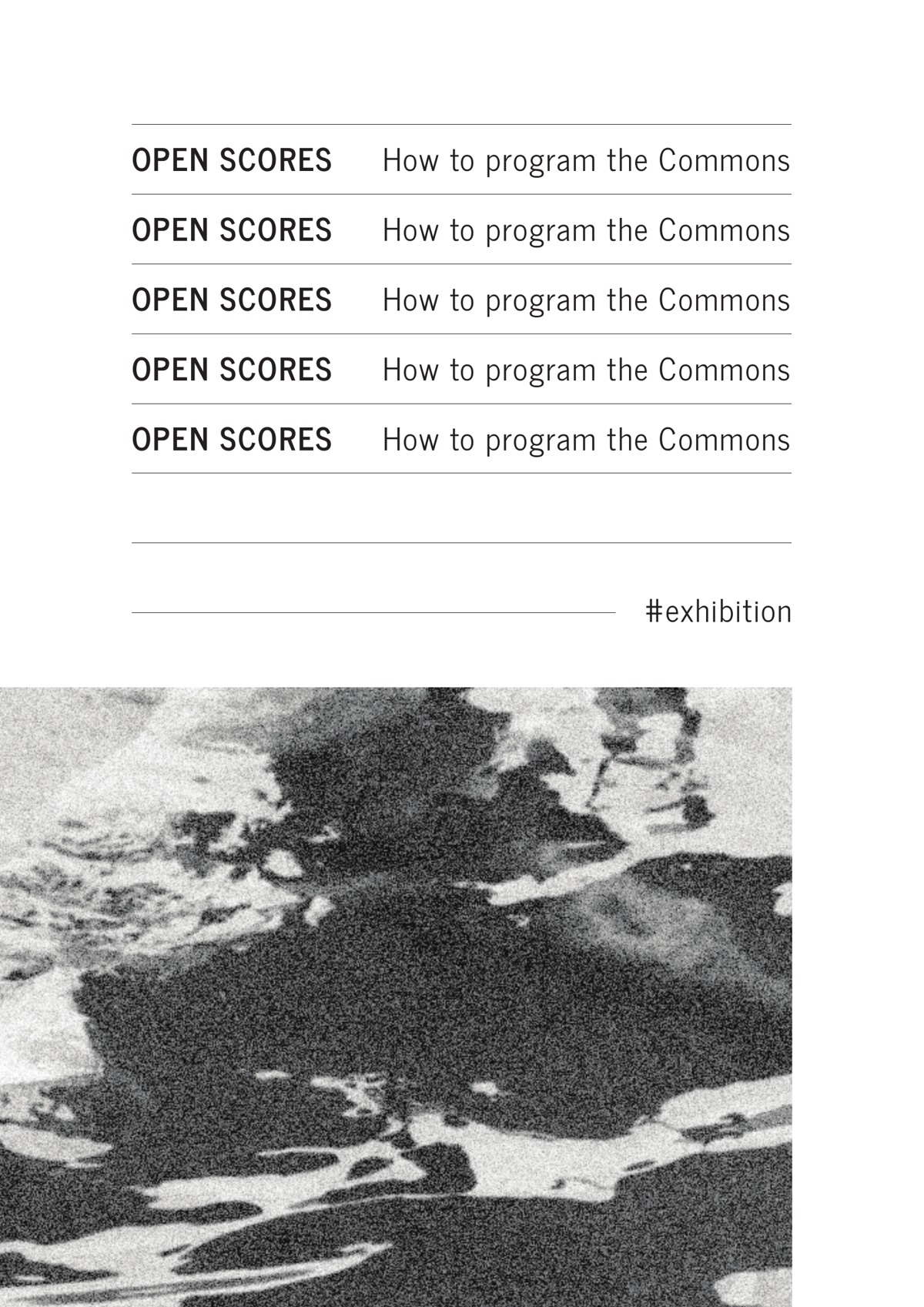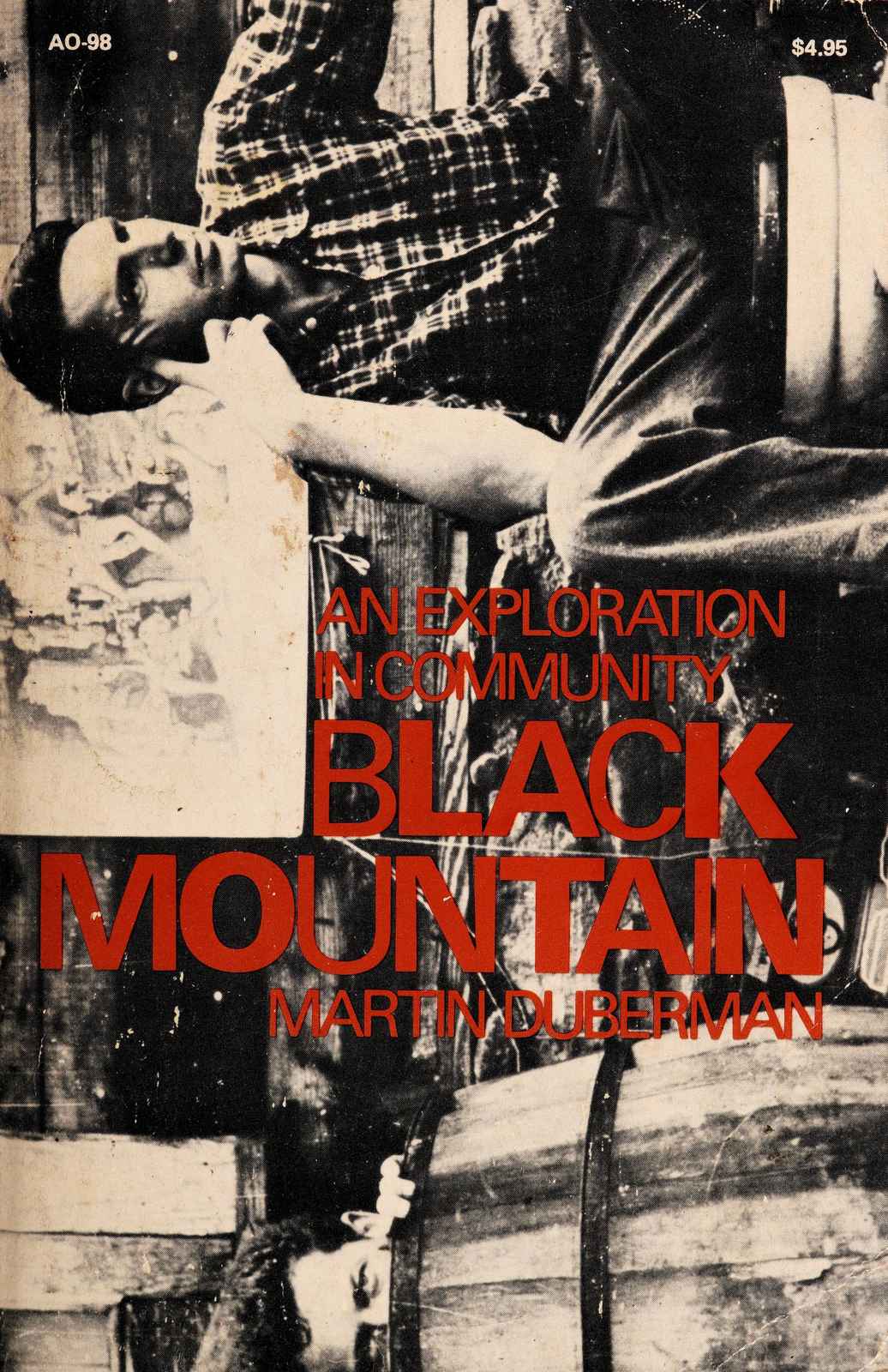Frans Evers: The Academy of the Senses: Synesthetics in Science, Art, and Education (2012)
Filed under book | Tags: · art and science, art education, art history, education, electronic music, media art, remediation, science, sound, synaesthesia, theatre

“Frans Evers’s The Academy of the Senses is a book wanting to be three books at once. A study of the scientific approaches to synesthesia, related to the psycho-physical research conducted by Evers during his studies at the university; an alternative art history of the twentieth century based on the double paradigm of Castel’s clavecin oculaire and Wagner’s Gesamtkunstwerk; and a full account of the genesis of the Interfaculty Image & Sound. To encompass this entire range of subject, Evers coined a new term, “synesthetics,” to denote the experience, creative force, and study of synesthesia.
Throughout his career, Evers profiled himself as an educational reformer. Together with electronic music pioneer Dick Raaijmakers, he started a series of projects and lectures exploring the interaction of music and fine arts, which culminated in the establishment of the first multimedia department in the Netherlands, the Interfaculty Image & Sound at the University of the Arts in The Hague, which Evers headed from 1989 until 2007. This book maps out the theoretical and artistic foundations of this educational reform project, as well as its synesthetic output: large multi-media performances such as a reworking of Anton Schoenberg’s Die Glückliche Hand, Mondrian’s Promenoir, and Scheuer im Haag.
The Academy of the Senses is a “source book,” a work of inspiration, rather than a rigid account of historical facts. It provides anyone with an interest in the wondrous realm of multimedia arts and synesthesia as a creative force, whether student or professional, an introduction into the foundations and extensions of seeing sound and hearing colors throughout the centuries.”
Compiled and edited by Vincent W.J. van Gerven Oei
Publisher ArtScience Interfaculty Press, University of the Arts, The Hague, 2012
ISBN 9789461908193, 9461908199
298 pages
via editor
Review: Matteo Marangoni (Neural, 2013).
PDF (19 MB)
Comment (0)Open Scores: How to Program the Commons (2020)
Filed under catalogue | Tags: · archive, collaboration, commons, digital culture, digital library, education, feminism, hacking, knowledge, notation, postdigital, privacy, shadow library

“The exhibition OPEN SCORES brought together a series of practices through which artists articulate their specific forms of digital commons. From online archives, to digital tools/infrastructure and educational formats, the projects envision a (post-)digital culture in which notions of collaboration, free access to knowledge, sustainable use of shared resources and data privacy are central. For the exhibition, each of the projects created a unique score to present their practice.”
Participants: Dušan Barok (monoskop.org), Marcell Mars & Tomislav Medak (memoryoftheworld.org), Sebastian Lütgert & Jan Gerber (0xdb.org), Kenneth Goldsmith (ubu.com), Sean Dockray (AAAAARG), Zeljko Blace (#QUEERingNETWORKing), Ruth Catlow & Marc Garrett (furtherfield.org), Laurence Rassel (erg.be), Marek Tuszynski (Tactical Tech), Michael Murtaugh, Femke Snelting & Peter Westenberg (Constant), Stefanie Wuschitz (Mz* Baltazar’s Lab), Panayotis Antoniadis (nethood.org), Alessandro Ludovico (neural.it), Eva Weinmayr (andpublishing.org), spideralex, Sakrowski (curatingyoutube.net), Creating Commons.
Curated by Creating Commons (Shusha Niederberger, Cornelia Sollfrank, Felix Stalder).
Publisher Creating Commons, Jun 2020
Creative Commons BY-SA 4.0 International License
[40] pages
Project website
Exhibition
Publisher
PDF (40 MB)
See also Aesthetics of the Commons (2021).
Comment (0)Martin Duberman: Black Mountain College: An Exploration in Community (1972)
Filed under book | Tags: · art, art education, art history, avant-garde, counterculture, education

“With faculty and alumni that included John Cage, Robert Creeley, Merce Cunningham, Buckminster Fuller, Charles Olson, Josef and Anni Albers, Paul Goodman, and Robert Rauschenberg, Black Mountain College ranked among the most important artistic and intellectual communities of the twentieth century. In his groundbreaking history, Martin Duberman uses interviews, anecdotes, and research to depict the relationships that made Black Mountain College what it was. Black Mountain documents the college’s twenty-three-year tenure, from its most brilliant moments of self-reinvention to its lowest moments of petty infighting. It records the financial difficulties that beleaguered the community throughout its existence and the determination it took to keep the college in operation. Duberman creates a nuanced portrait of this community so essential to the development of American arts and counterculture.”
Publisher Dutton, New York, 1972; Anchor Books, Garden City, NY, 1973
ISBN 0385070594. 9780385070591
xix+578+[16] pages
Reviews: Herbert Leibowitz (New York Times, 1972), Kirkus Reviews (1972), George B. Tindall (North Carolina Historical Review, 1973).
Publisher (2009 reprint)
WorldCat
PDF (94 MB)
Comment (0)
